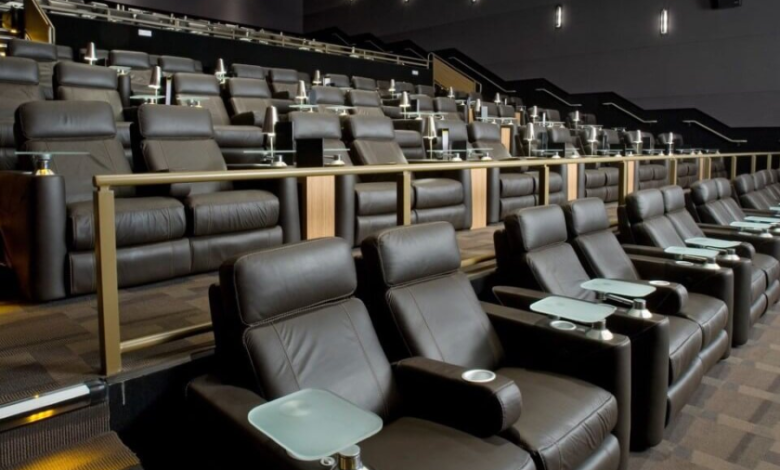The Evolution Of Theater Seats: From Classic To Modern

Theater seats have come a long way since the early days of stage and cinema performances. What began as simple wooden benches has evolved into highly sophisticated designs prioritizing comfort, style, and technology. Over time, theater seating has transformed from a functional necessity to an integral part of the entertainment experience.
The seating arrangements significantly affect comfort and enjoyment. Understanding this evolution gives us insight into how luxury home movie theater seating has adapted to meet changing consumer expectations while embracing new design and technology trends.
The Beginnings From Basic And Functional
In the early days of theater, seating was primarily about accommodating as many people as possible in a limited space. Wooden benches, often without backs or cushions, were the norm. These seats served their purpose—offering a place for audiences to sit—but comfort was not a priority. The focus was on viewing the performance, and the seating arrangement reflected that. Many early theaters were designed with standing-room-only sections for lower-priced tickets.
Early Cinemas
Similar trends emerged with the rise of film theaters in the early 1900s. Basic wooden or metal seats were common, and theaters focused more on maximizing the number of seats than on audience comfort.
The Mid-20th Century Focused on Comfort
As the entertainment industry grew, theater owners began recognizing the importance of creating a more comfortable experience for audiences. By the mid-20th century, upholstered seats with padded cushions and armrests became more prevalent in cinemas and live theaters.
Adding backrests allowed for more extended periods of sitting without discomfort, while fabric or leather upholstery provided a more luxurious feel. Movie theaters, in particular, began experimenting with stadium seating, ensuring better sightlines and comfort for all attendees.
During this era, the popularity of drive-in theaters also rose. Audiences could enjoy movies from the comfort of their car seats, representing a new shift in the way seating was integrated into the movie-watching experience.
In The Modern Era, Comfort Meets Technology
In recent years, theater seats have continued to evolve, strongly focusing on comfort and technology. Today, theaters offer a range of ergonomic seating options that incorporate innovative features. Modern theaters often include plush, fully reclining chairs that allow viewers to lay back and relax during the show. Many seats have cup holders, USB charging ports, and even heating or massage functions for a truly luxurious experience.
- Recliners—The introduction of electric recliners has been a game-changer in theater seating. They allow audiences to adjust their seat position with the touch of a button. These seats have become a staple in modern cinemas and are highly sought after by moviegoers.
- Luxury Seating – VIP or luxury theaters take comfort to the next level, offering premium leather recliners with enhanced legroom, personal service, and even in-seat dining options. These theaters create an immersive experience where comfort and convenience are as important as the film or performance.
Technology And Design In Home Theaters
The demand for luxury seating has also extended to home theaters, where people invest in high-quality seating to recreate the cinema experience at home. When choosing theater seating, consulting with professionals who understand both comfort and design is crucial.
High-quality home theatre seating enhances the viewing experience and ensures durability and long-term value. By making informed choices and prioritizing style and functionality, you can create a theater space that offers ultimate comfort and enjoyment.
Keep an eye for more news & updates on UsaTechMagazine!




